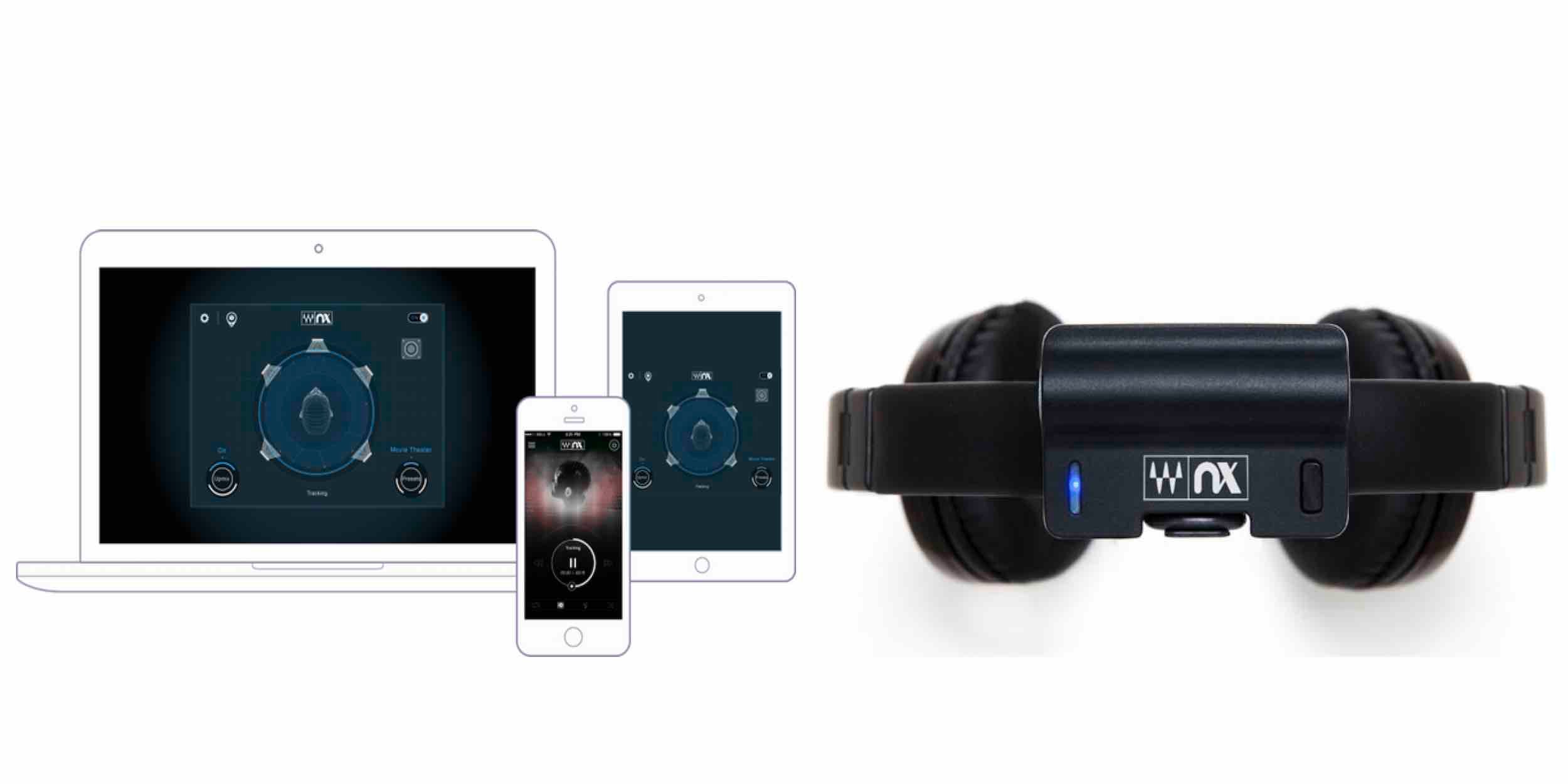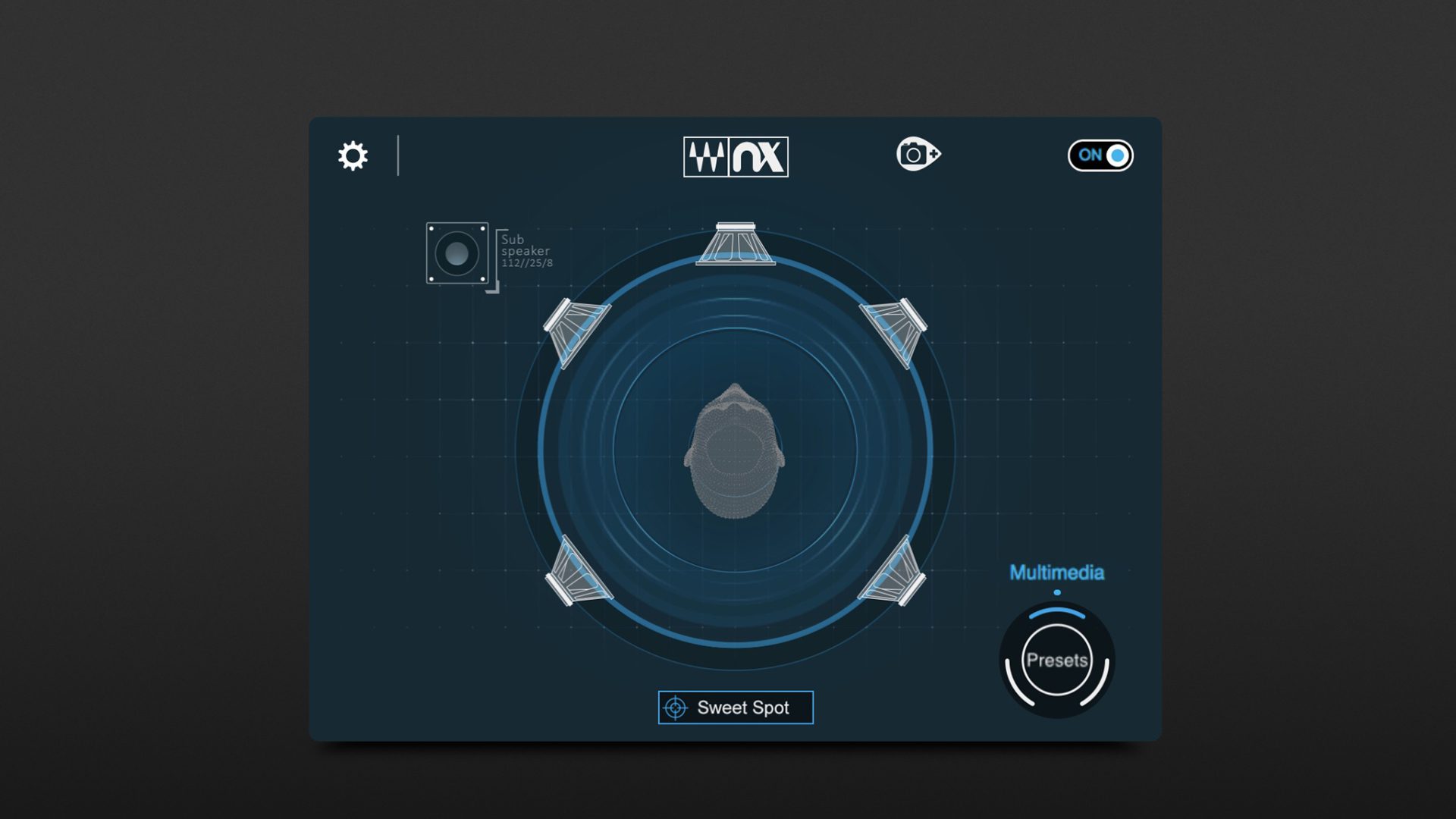

Trying to EQ on a super bright mix will lead to cutting treble too much. One of the challenges with correcting speaker response is the body of mixes out their have a wide range of spectrums.

It helps to have a handful of tracks you like and can get familiar with.

It should now sound like an “annoying” EQ is being put on the mix when you are actually removing it When you get it right, compare to the dry signal. In this case you are looking for areas where your annoying peak that you sweep isn’t quite as annoying as the adjacent frequencies. The inverse, correcting resonant dips is harder, but it can be done. When you find this frequency, use a narrow band EQ and pull that frequency down, by ear, usually just a couple dB. It will sound pretty gnarly, but when you hit a resonant peak, it will stand out. “Sweep” the frequency to while listening. This is tricky, but one way to do it if you have a true parametric EQ is to set a very narrow band. The other area are “correcting” unpleasant “resonances. This is usually pretty obvious and is subject to personal preference anyway. There are two broad conceptual areas: The overall tonal balance, highs to mids to lows. If you have access to a decent EQ, I suggest EQ’ing by ear to where you think it sounds good. is to only correct what has been seen to be an issue and to a target curve that works for me.įor me EQ works wonders but one really cannot make a HD201 sound like a HD800 on all aspects but can get the tonal balance close enough. This ends up with somewhat different EQ's than Sonarworks, Oratory or Jaakko (or other corrections) on the web but works well for me. Have a listen and sometimes make small changes (or big ones) and measure and listen again. When my EQ is made (analog, not really a digital DSP guy myself) I just look at my measurements and those of others and look for common factors. What I found was that 'exact' correction on a specific test rig is not the way to go and one can be many dB's off on another test rig or actual ears. In the end the result also depends on the target curve one aims for which as is also known does not work for everyone equally well and is listening volume (habit) depending as well. Large dips, peaks and roll-off is compensated for after all. Sure, there are problem areas that are improved of course. It's a bit like applying room correction measured at the couch and then listen at the listening chair (other position). What I found is that while you can get great measurement results compensating exactly what is measured on a specific rig and get a nice flat line on that particular setup with the exact same headphone on rig position it will be off when measured on any other rig as well as on any other head.
#SONARWORKS WITH WAVES NX FREE#
Basically, when my headphones are calibrated, I'll be able to hear my audio as if it was in a totally flat, well soundproofed studio, free from all colouration such as room echo and object reverberations, so its in a similar ballpark to NX, without waves business model tripping me up.I have been EQ-ing headphones long before the digital variants existed. They make a speaker calibration system, but also a headphones calibration system, which is a VST. One is IK multimedias ARC2 system, and the other one, which i'm more interested in, is Sonarworks.

I havent tried the NX, but when I posted over at Gearslutz about a bass resonance problem I was having due to room accoustics, the users there put me onto 2 products that look very interesting. Maybe, because I use FL studio, I've gotten used to their very generous "free updates for life" policy, and I wish other companies would have a similar approach to their existing customer base. I've bought waves renaissance bass, NS-1 suppressor, kramer pye compressor, and a few others that I can't remember off the top of my head, but I got an email from waves the other day basically saying that my subscription was about to end, and I would no longer be entitled to plugin updates, and I think that sucks, so I'll no longer buy any waves plugins. I've been thinking about buying some similar software, but after buying a few waves plugins, I've decided I don't like their business model as its very cut-throat. 2ndMOUSE : Sat 13th Feb 2016 : 6 years ago


 0 kommentar(er)
0 kommentar(er)
